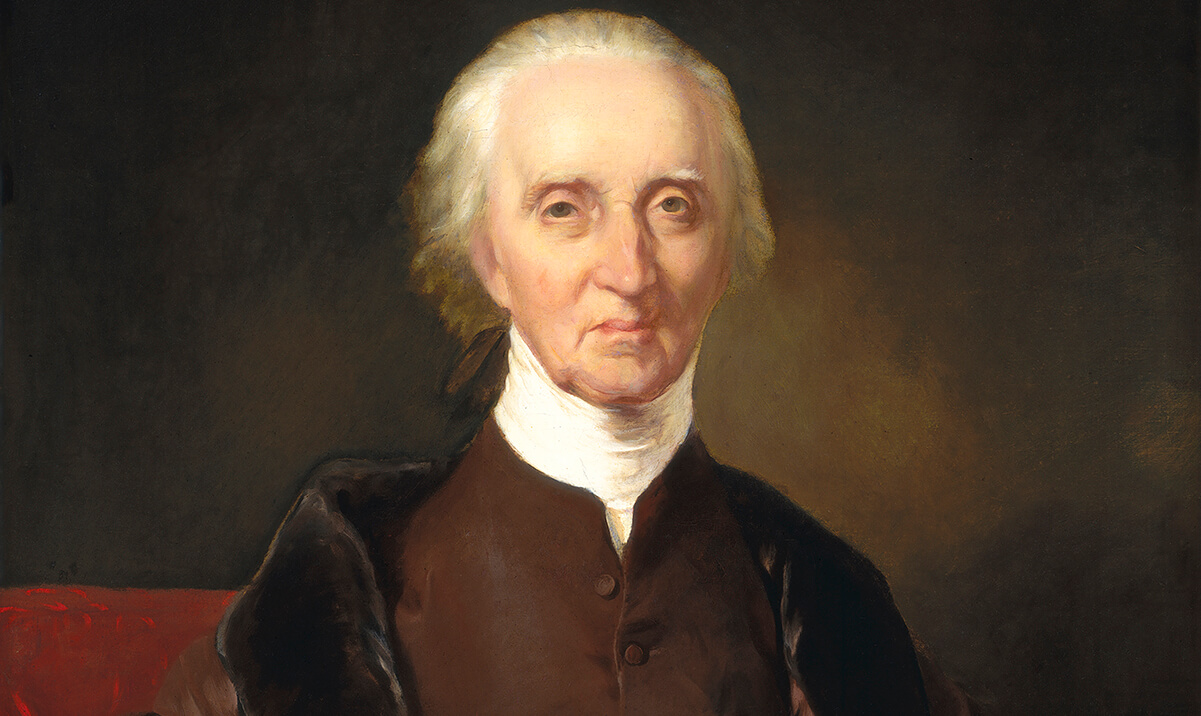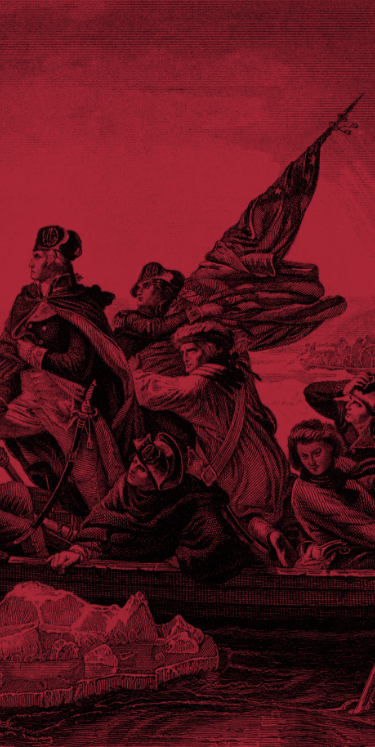Quiz
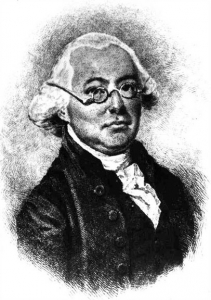
1. What was James Wilson’s country of birth?
2. True or False: James Wilson signed the Constitution but not the Declaration of Independence.
3. True or False: At the Constitutional Convention, Wilson was one of the relatively inactive members.
4. Who appointed Wilson to the Supreme Court?
5. True or False: During the War for Independence, Wilson was sent to negotiate with the Indians.
6. What teaching position did Wilson hold concurrent to his time in the Supreme Court?
A Lost Founder
One Founding Father we should definitely remember was James Wilson, born on September 14, 1742. Take the above quiz and see what you know about him!
In the modern rewriting of our American history, some of our nation’s Founding Fathers have been wrongly misportrayed as people not worthy of study, but most have simply been ignored. As a consequence, many worthy heroes are now forgotten. Fortunately, the Scriptures encourage us to study the past: “For whatever things were written before were written for our learning” (Romans 15:4).
James Wilson can teach us much that is relevant today, including about the important role that religion plays in civil law:
Far from being rivals or enemies, religion and law are twin sisters, friends, and mutual assistants. Indeed these two sciences run into each other. The Divine law, as discovered by reason and the moral sense, forms an essential part of both.1
Take some time to learn about James Wilson, and then share what you learn with others. Wilson is one of the heroes who helped make America a great nation!
How did you do? Check your answers!
1. Wilson was born in Scotland in 1742, he immigrated to America in 1766.2
2. False. James Wilson signed both the Declaration of Independence3 and the Constitution.4
3. False. James Wilson was the second most-active delegate at the Constitutional Convention, speaking 168 times on the floor of the Convention.5
4. George Washington. James Wilson was one of the original Supreme Court justices, serving from 1789 to 1798.6
5. True.7
6. Professor of Law at the University of Pennsylvania. Wilson organized the first systematic legal training in America, teaching classes to law students while simultaneously sitting as a Justice on the US Supreme Court.8 Prior to Wilson’s law classes, law students were largely individually trained and apprenticed in the law.
Endnotes
1 James Wilson, The Works of the Honourable James Wilson, ed. Bird Wilson (Philadelphia: Lorenzo Press, 1804), III:106.
2 “James Wilson,” B. J. Lossing, Biographical Sketches of the Signers of the Declaration of American Independence (New York: George F. Cooledge, 1848), 126.
3 “Signers of the Declaration: Biographical Sketches,” National Park Service, accessed December 15, 2023.
4 “Signers of the Constitution: Biographical Sketches,” National Park Service, accessed December 15, 2023.
5 See, for example, Mark David Hall, “Justice, Law, and the Creation of the American Republic: The Forgotten Legacy of James Wilson,” June 1, 2009, The Heritage Foundation; “Forgotten Founders: Gouverneur Morris,” June 8, 2020, National Constitution Center.
6 “Wilson, James,” Biographical Directory of the United States Congress, accessed December 15, 2023.
7 “James Wilson,” Lossing, Biographical Sketches of the Signers (1848), 128.
8 “A Biography of James Wilson,” University of Groningen, accessed December 15, 2023.

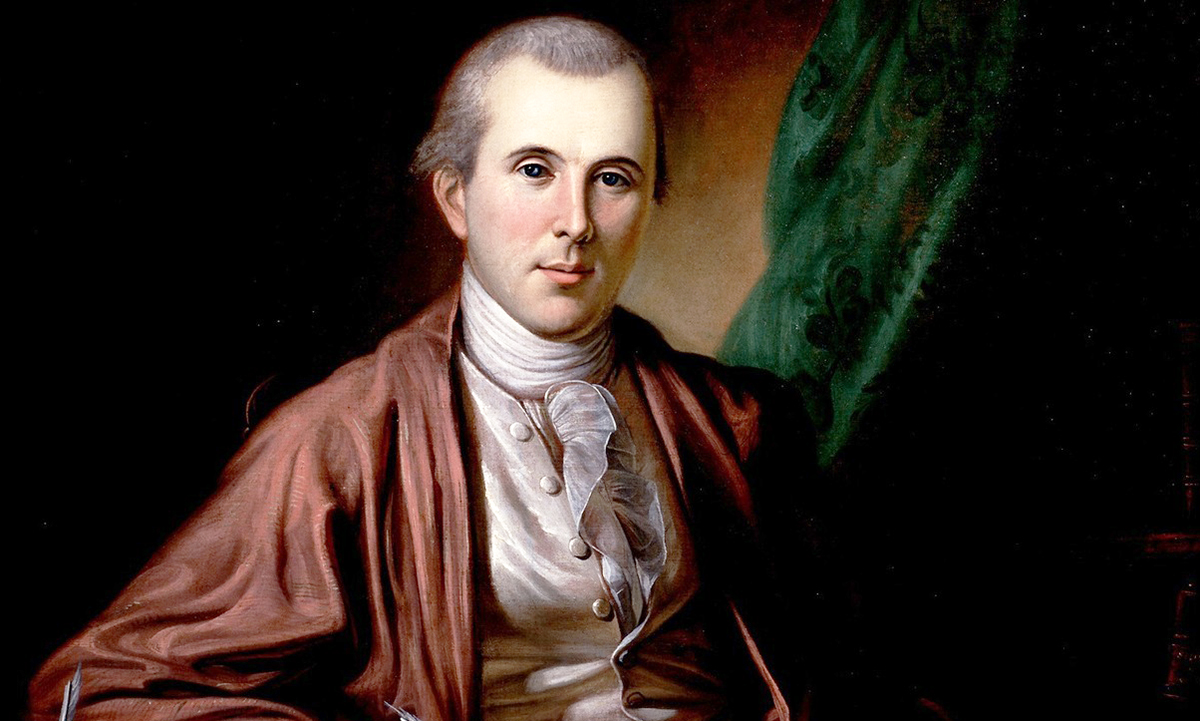
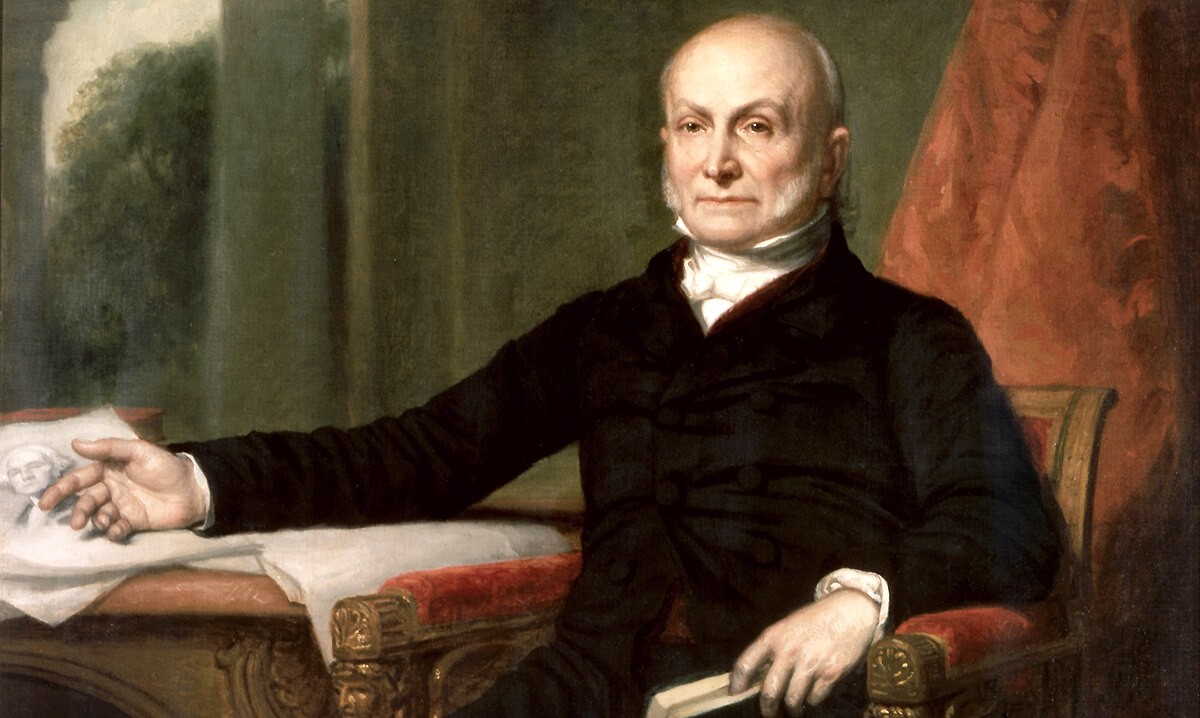
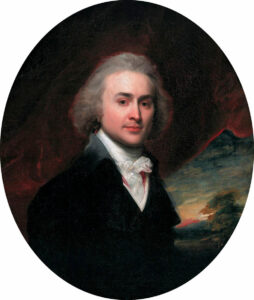
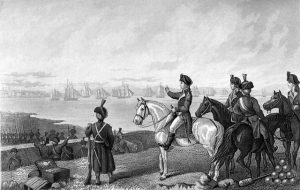 March 17 is annually celebrated in Boston as “Evacuation Day,” commemorating the departure of the British from the city after an eleven month occupation at the start of the American Revolution.
March 17 is annually celebrated in Boston as “Evacuation Day,” commemorating the departure of the British from the city after an eleven month occupation at the start of the American Revolution.